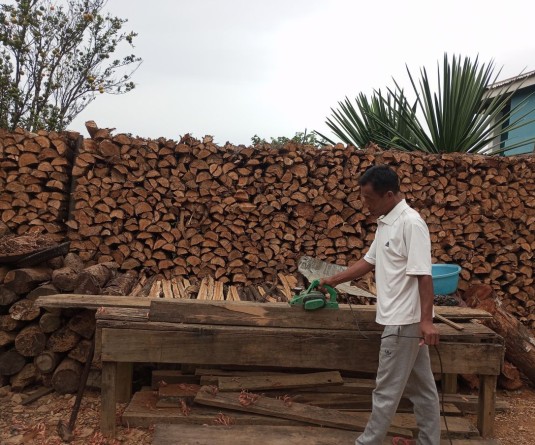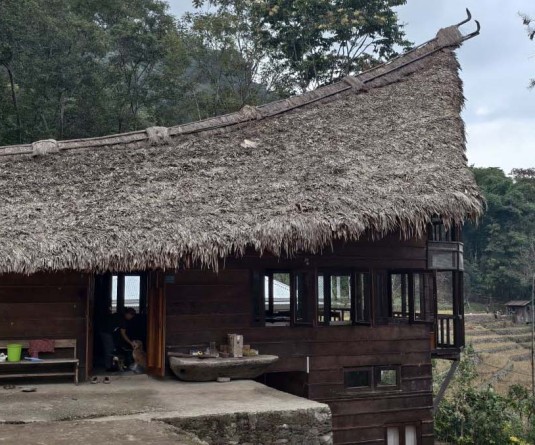JnNURM housing at K Badze, Kohima. (Morung Photo)
Morung Express News
Kohima | April 27
On papers, the listed beneficiaries for the Jawaharlal Nehru National Urban Renewal Mission (JnNURM) housing scheme appears to fulfill the criteria required to avail the housing scheme and therefore deemed genuine.
However, if one takes a stroll around the squalid section of the different wards and colonies in Kohima, a number of the ‘real’ genuine beneficiaries are not even aware that such affordable dwelling plan even exists.
Vesalü, a sweeper, and mother of four-school going children reside in New Market area, Kohima. She is the sole bread earner in her family with a monthly income of around Rs 4000, which she earns by cleaning and sweeping commercial areas in Kohima town and through weaving.
Apeni, who resides in a rented house sells edible frogs in Kohima town, which earns her a meager 3000 rupees per month. Apeni has two children both in college while her husband is a seasonal wage labourer.
Both the family falls under the BPL category. They have not heard about the Jawaharlal Nehru National Urban Renewal Mission (JnNURM) housing project for marginalized people like them.
“We have no idea that such basic facilities exist for people like us. We weren’t even informed or approached by anyone about it,” the two families in a conversation told The Morung Express.
The Municipal Affairs Cell under the Urban Development Department had given responsibility to the ward and colony leaders for selecting the beneficiaries for the housing scheme.
The beneficiaries are required to pay Rs. 30,000 for availing the dwelling unit. One criterion is that a beneficiary should have a monthly income below Rs 5000. The housing also claim to come with provisions of all infrastructure amenities such a school buildings, community hall, water supply, electricity and sanitation.
Further provisions for the housing scheme also maintain that the housing must be affordable- where the poor are linked to formal banks for credit at low interest rates that will allow them to repay loans in easy installments.
Another component is that the dwellings must be close to the workplaces of the beneficiaries and within city limits and planned with in-house metered water connection, lifeline tariff with payments in easy installments. As is the case of many government schemes, while the ‘deserving’ are unaware, countless of people ‘ineligible’ for availing the housing scheme have reportedly bought the dwelling units.
In addition, most of the beneficiaries actually have no plan to reside there. “It cost just Rs 30,000. And after all it is a piece of property and therefore a future investment,” was the candid response from one of the beneficiaries who did not want to be named.
According to the Nagaland Economic Survey 2015-16, Kohima has a total of 8505 BPL beneficiaries. However, the question remains as to how many of them are actually given opportunity to avail the housing scheme.
The JnNURM housing scheme would be failing to serve its purpose if genuine beneficiaries - marginalized sections of the society- cannot avail the scheme. For a start, bogus beneficiaries must be weeded out of the list and conditions prerequisite for the housing scheme strictly adhered with - instead of flouting it with impunity.




 - Copy.jpg)

